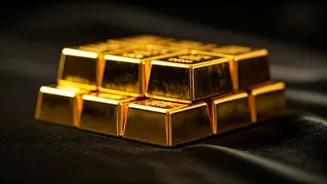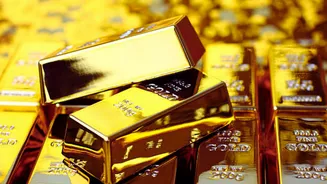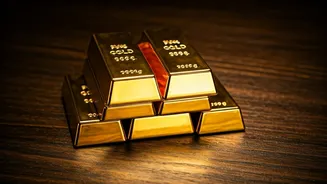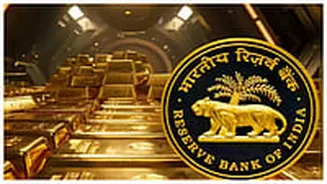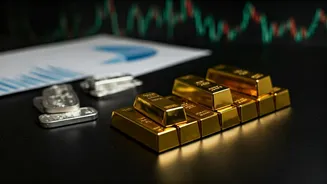Gold Rate Overview
Today's gold prices in India are essential information for investors and those considering purchasing gold. The prices fluctuate daily based on various
market factors, impacting the price of jewelry and gold investments. This article provides a snapshot of gold rates on October 28th, offering insights for those looking to buy, sell, or simply track the market. The rates vary based on the gold's purity, typically measured in carats, with 24-carat gold being the purest form. Different cities may also experience slight price variations depending on local market dynamics and demand. Knowing these prices helps consumers and investors make informed decisions, whether for immediate purchases or longer-term planning.
Gold Carat Breakdown
Gold prices are often quoted based on their carat, which signifies the gold's purity. Different carats represent varying percentages of gold within an alloy. For example, 24-carat gold is the purest, containing nearly 100% gold. It is generally softer and more susceptible to damage, making it less suitable for daily wear jewelry. 22-carat gold has a slightly lower purity, commonly used in Indian jewelry due to its balance of beauty, durability, and value. 18-carat gold contains even less gold, making it stronger and more affordable, often used in intricate jewelry designs. Understanding the carat system helps consumers compare prices and select gold items that match their needs and preferences, considering both price and practicality.
City-Specific Pricing
Gold rates in India fluctuate slightly from city to city. These variations may result from local taxes, demand, and other market influences. Checking prices in major cities like Chennai, Mumbai, Delhi, and Kolkata is essential for consumers. Chennai often has a robust gold market due to its cultural significance. Mumbai, as India's financial hub, reflects broader economic trends. Delhi's market is influenced by the capital's economic activity and consumer behaviour. Kolkata's gold market is often affected by regional demand and the city's unique preferences. Consumers should always check the most recent prices from reliable sources to make sure they are getting accurate and up-to-date information before making any purchases or investment decisions.
Impact of Market
Several factors affect gold prices, including global economic conditions, currency fluctuations, and geopolitical events. The international gold price, set by global markets, is a primary driver. The value of the Indian rupee against the US dollar also significantly impacts local prices, as gold is often traded in US dollars globally. Economic indicators, such as inflation rates and interest rates, play a role in influencing gold demand and prices. Geopolitical events like political instability or conflicts can also increase demand for gold, as investors consider it a safe-haven asset. Monitoring these factors is crucial for understanding how and why gold prices change, enabling better-informed investment strategies or purchasing plans.
Gold Market Dynamics
The gold market in India is dynamic, responding to both global and local conditions. Festival seasons and wedding seasons drive increased demand, causing prices to rise. Government policies, such as import duties and regulations on gold sales, influence pricing. Investment trends, like the popularity of gold ETFs and sovereign gold bonds, also impact the market. Consumer preferences, including choices for particular types of gold jewelry, contribute to demand variations. Gold prices and market trends are also subject to speculation and market sentiments that can introduce volatility. Staying informed about these various factors is essential for anyone interested in trading, investing, or purchasing gold.
